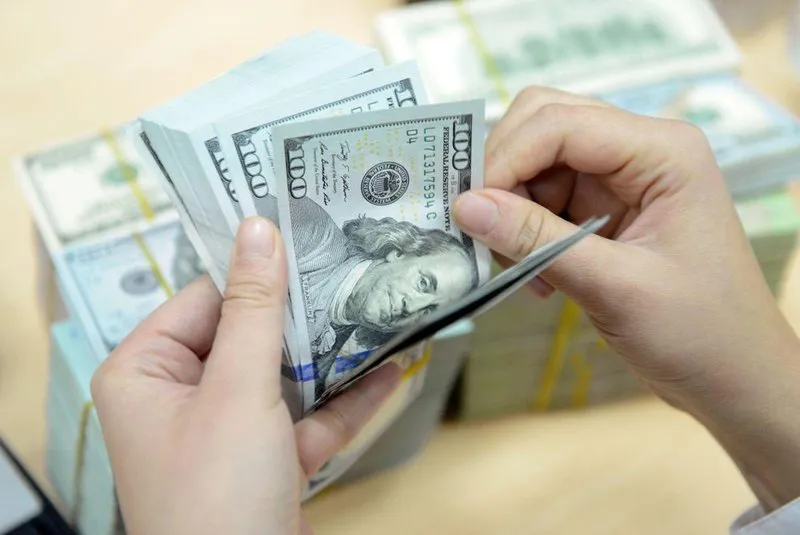Vietnam's foreign borrowings jump 1.6-fold to US$533 million in H1
The government is looking at loans and government bonds, among others, to meet growing demand of state expenditure.
In the first six months of the year, the Vietnamese government signed five loan agreements to borrow a combined US$533.2 million from foreign creditors, up 1.6-fold compared to the same period last year, according to the Ministry of Finance (MoF).
| Vietnam government loans up 1.6-fold in 6-month to US$533 million. |
In addition to foreign loans, the MoF has increased the sale of government bonds, particularly 10-year notes, to meet growing demand of state expenditure in public investment and the government’s support programs for businesses and people affected by the Covid-19 pandemic.
Meanwhile, the MoF has been focusing on perfecting the legal framework for public debt management, including the issuance of government Decree No.56/2020/ND-CP on May 25 on the management and use of Official Development Assistance (ODA) and preferential loans granted by foreign donors.
Additionally, the MoF is revising Decree No.97/2018/ND-CP on on-lending of ODA loans and foreign concessional loans provided by international donors for greater efficiency in public debt management.
Under the severe impacts of the Covid-19 pandemic, 90 countries and territories have had their credit ratings downgraded or their outlook adjusted by rating agencies in the first half of the year.
In case of Vietnam, Fitch Rating on April 8 affirmed the country’s sovereign credit rating at “BB”, indicating Vietnam’s key credit strengths remain intact, while the outlook on Vietnam’s long-term Foreign-Currency Issuer Default Rating (IDR) was revised from Positive to Stable.
On May 21, Standard and Poor’s (S&P) announced its decision to maintain Vietnam’s sovereign rating at “BB”, with stable outlook.
The government has set up two growth scenarios for this year, in which both public debt and fiscal deficit indicators in the 2016 – 2020 period would stay below the ceilings of 65% and 3.9% of GDP, respectively.
For the first scenario where Vietnam’s GDP growth is forecast at 4.5%, the budget deficit would be around 4.73% of GDP (representing an increase of VND75 trillion (US$3.25 billion) compared to the year’s estimate), and public debt at 55.5% of GDP.
In a worst-case scenario with a slower economic expansion of 3.6%, the fiscal deficit will likely be 5.02% of GDP, or VND90 trillion (US$3.9 billion) higher than the estimate, and public debt at 56.4% of GDP.
Under this circumstance, Prime Minister Nguyen Xuan Phuc expected fiscal deficit and public debt could widen by an additional 3 – 4 percentage points of GDP to provide more support for the people and business community.












